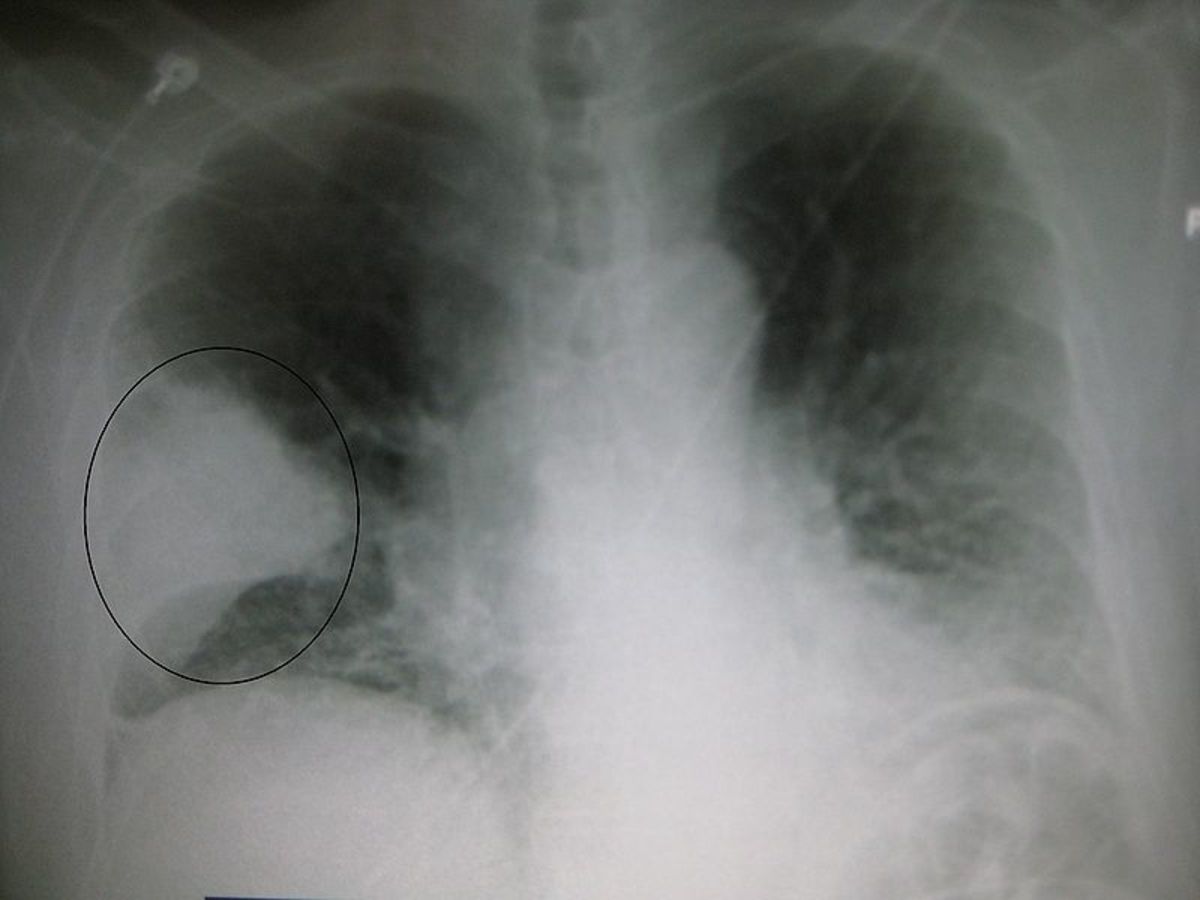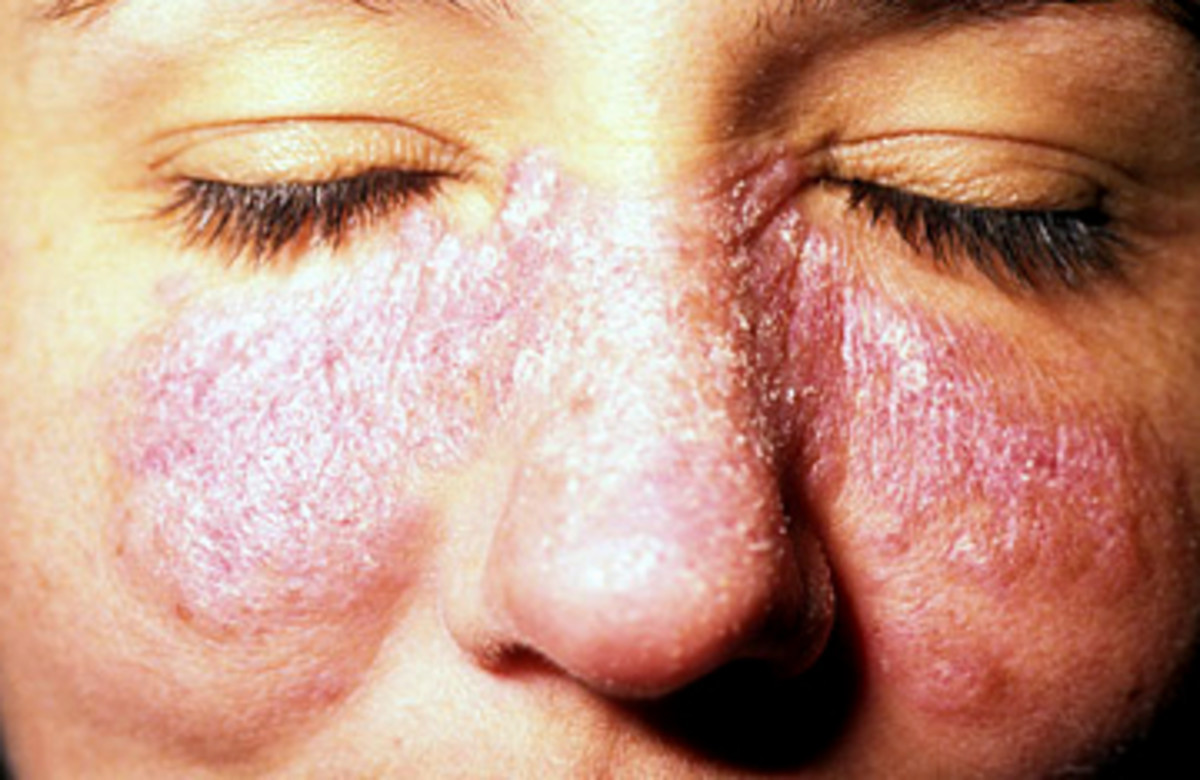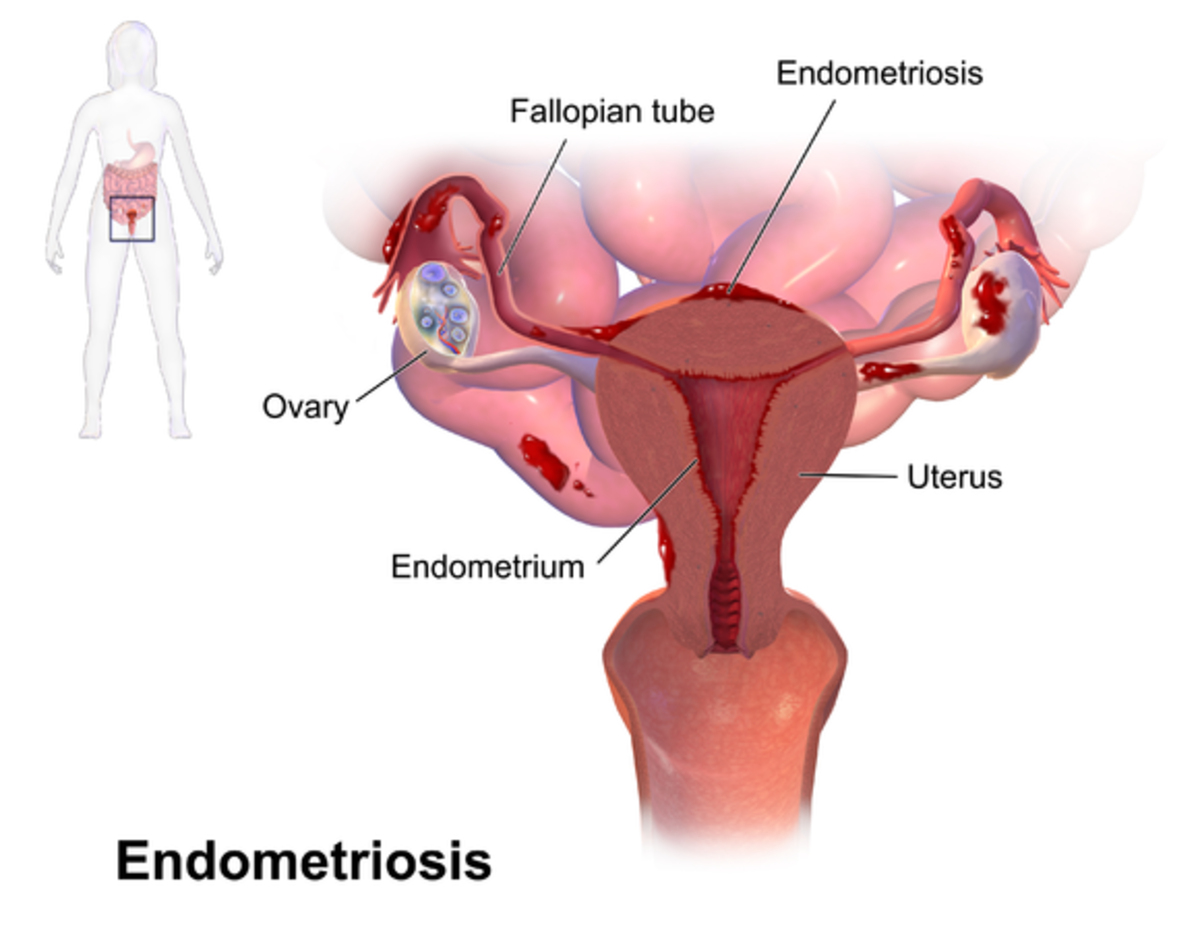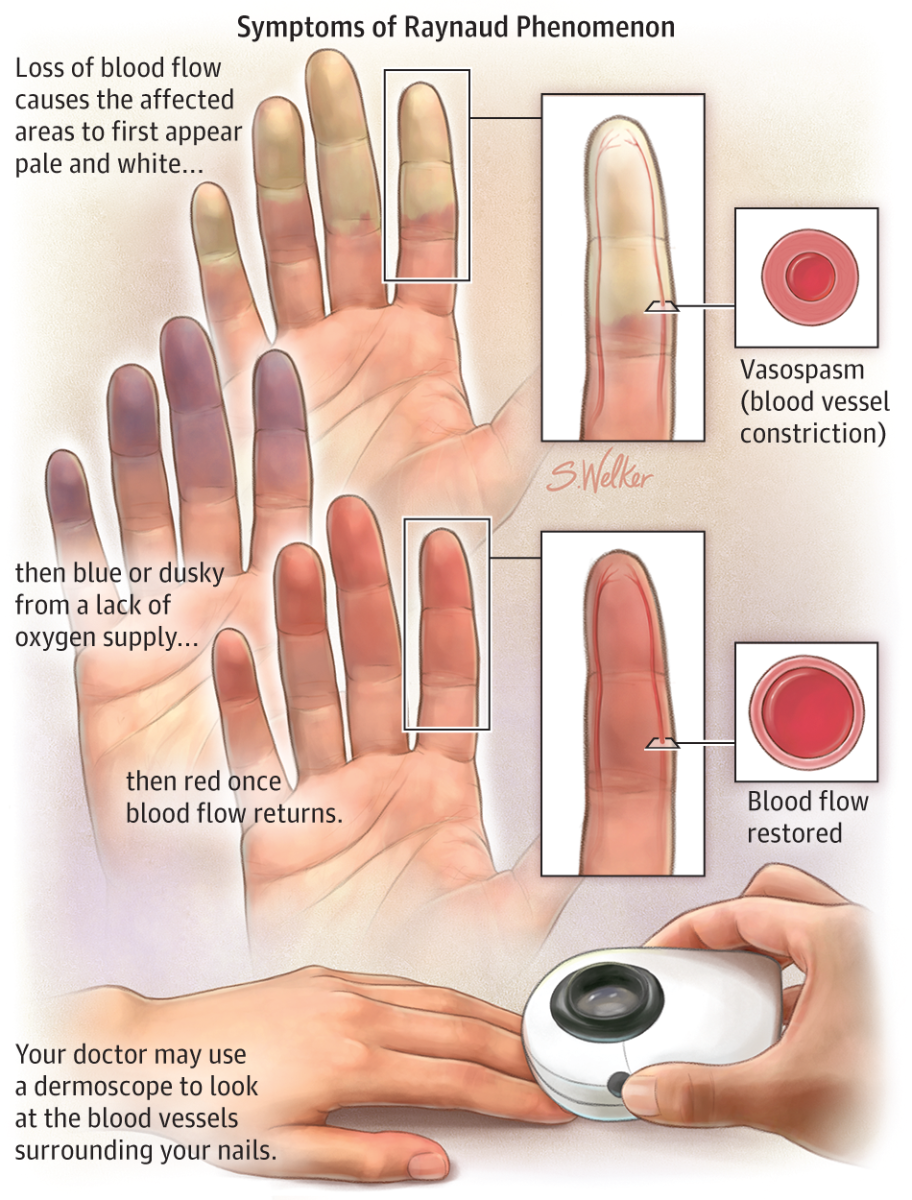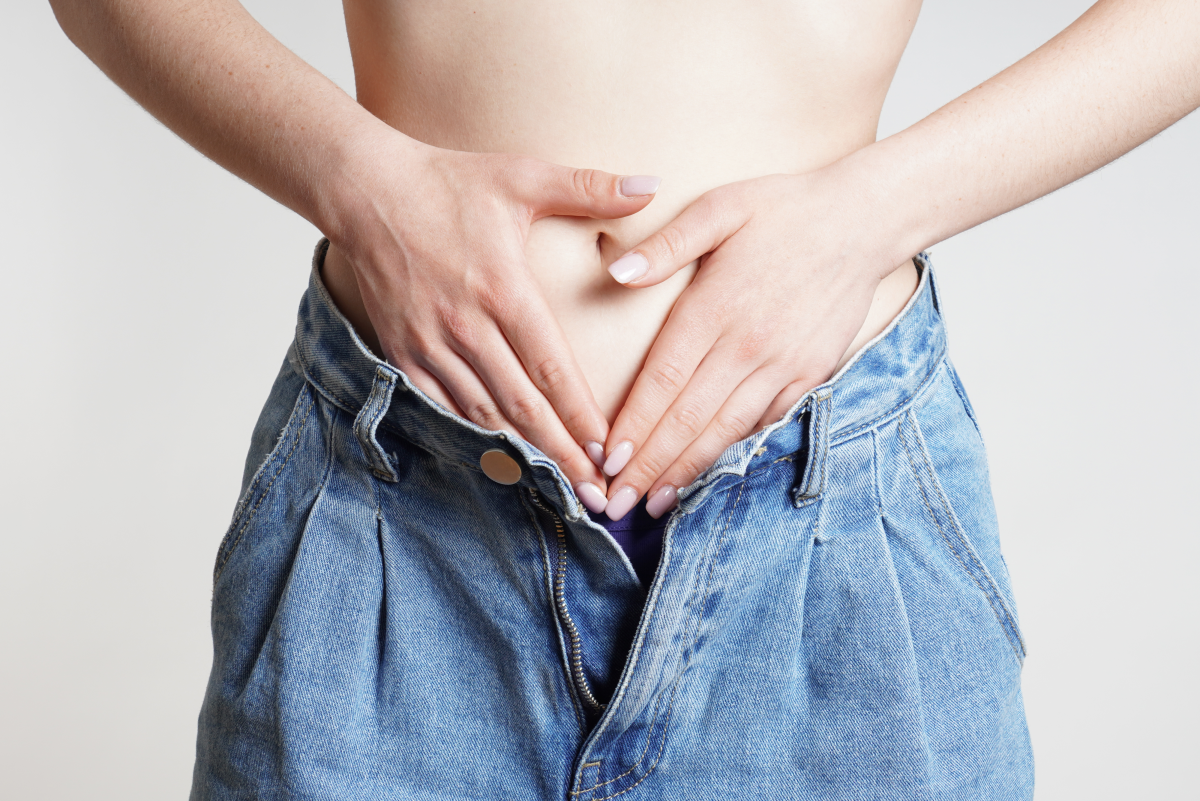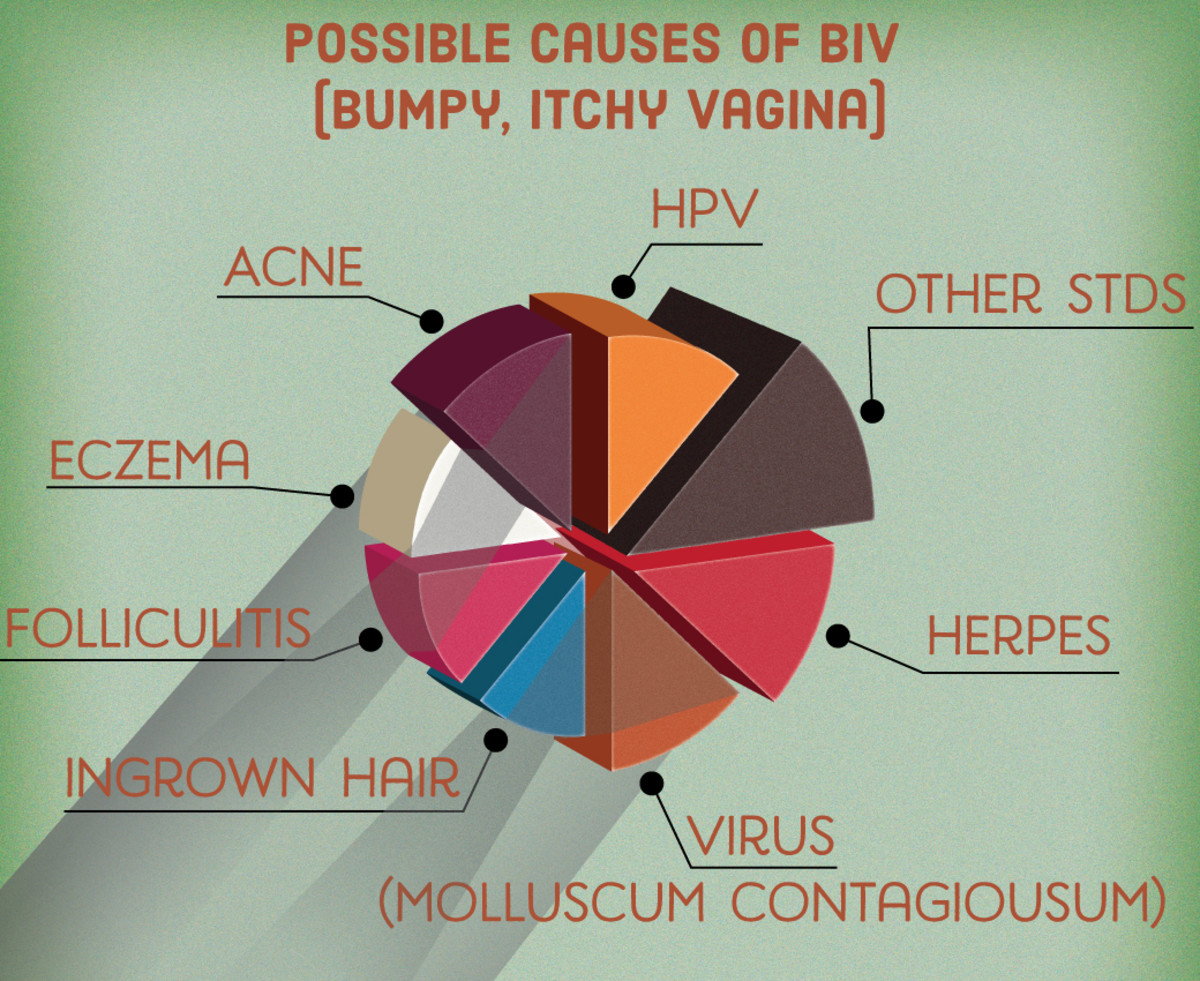Endometriosis: Symptoms and Treatments

Though it often goes undiagnosed, endometriosis plagues nearly 176 women or more in the entire world. Endometriosis affects women usually between the ages of 15 and 49 (during the reproductive years). However, it can affect women even after menopause due to the scar tissue it may cause.
So what is endometriosis exactly?
Well, according to Mayo Clinic, endometriosis is a disorder where tissue similar to the tissue that lines inside the uterus (the endometrium), grows outside of the uterus. It is rare for the tissue to spread beyond pelvic organs such as the ovaries, fallopian tubes, and pelvic tissues.
Endometriosis can come with some severe, unpleasant symptoms and may cause other health problems like fertility issues. This pain can include painful menstrual cramps, chronic pain in the lower back and pelvis, painful intercourse, intestinal pain, and painful bowel movements. Other symptoms include heavy bleeding during periods and bleeding or spotting between periods. Not to mention, endometriosis has been associated with infertility.
These symptoms are caused by the growths that come from endometriosis. The growths are thankfully benign but can also shed and bleed like that of the tissue inside the uterus does every month. The area endometriosis affects isn’t meant to do so. And so people with it experience such problematic symptoms.
I can tell you no one wants to experience this.
What can be done?
Fortunately, there are treatments that can help.
Before going forward, it is best to discuss treatment options with your doctor who is aware of your medical history, symptoms, and preferences.
Surgery is probably the most effective treatment because it is the only way to remove endometriosis lesions. This can include laparoscopic excisions, ablation, or cauterization. These surgeries either remove parts of lesions or entire lesions (it is recommended to find a surgeon who removes them entirely).
There are more ways that can help manage the symptoms, rather than treat endometriosis itself. Methods of treating symptoms include:
-
Pain medication like ibuprofen or other NSAIDs
-
Hormone therapy such as contraceptives (birth control), progestins, gonadotropin-releasing hormone agonists (GnRH), or Danazol
-
Hysterectomy
Some less intrusive ways include mankind dietary changes, relaxing, taking warm baths, exercising regularly, and applying heat on the abdomen. There have also been women who have benefited from alternative treatments like traditional Chinese medicine, homeopathy, allergy management, and immune therapy.
Who is at risk of getting endometriosis?
While the exact cause of endometriosis is still unknown, there are some factors that do make a woman more likely to suffer from endometriosis.
The Office on Women’s Health claims there is a link between other health conditions and endometriosis such as allergies, asthma, autoimmune diseases, chronic fatigue, fibromyalgia, and certain cancers.
You can also be more likely to have endometriosis if women in your family have had a history of it. Other risk factors are having a low body mass index, starting your period early, reproductive tract abnormalities, never giving birth, short menstrual cycles, higher levels of estrogen, and more.
Being diagnosed isn’t so simple either. You can talk with your doctor to see if you could likely have it. Things that can help a doctor find out if you have endometriosis include:
-
A pelvic exam
-
Imaging test
-
Laparoscopy
If you experience severe pelvic pain during periods, painful sex, fatigue, digestive symptoms, or excessive bleeding it may be due to endometriosis. I myself suffer from endometriosis and have benefited from the use of medicines to treat my symptoms. So be sure to talk with your doctor if you think you could too.
Potential causes
Researchers are still studying what causes the disorder but are looking into the following possible causes:
- Retrograde menstrual flow
- Genetic factors
- Immune system issues
- Hormones
- Surgery
Retrograde menstrual flow is when some of the tissue that is shed during your period flows through the fallopian tube into other areas.
As mentioned, endometriosis can run in families so getting it may have to do with genes.
A weak immune system could also be a cause, your immune system may not have been able to find and destroy the tissue growing outside of its proper place.
In terms of hormones, estrogen seems to promote endometriosis.
Endometriosis can also occur because of a mistake in surgery. During surgery to the abdominal area, endometrial tissue could be moved by accident.
Even though the exact cause is still unknown, you can still manage your symptoms if you suffer from endometriosis. Plus, research is still in progress. There is hope.
This content is accurate and true to the best of the author’s knowledge and is not meant to substitute for formal and individualized advice from a qualified professional.
© 2020 Erin Day

